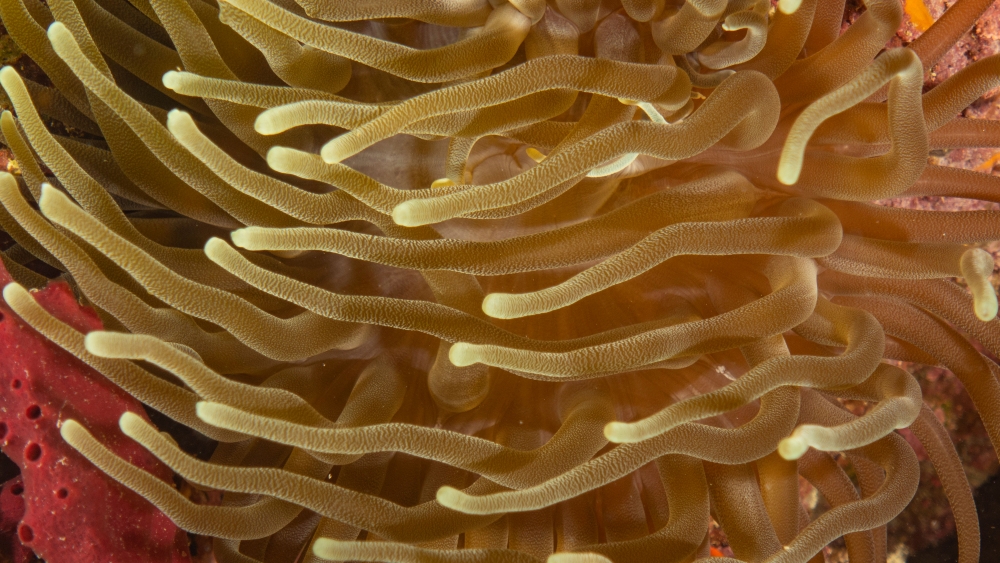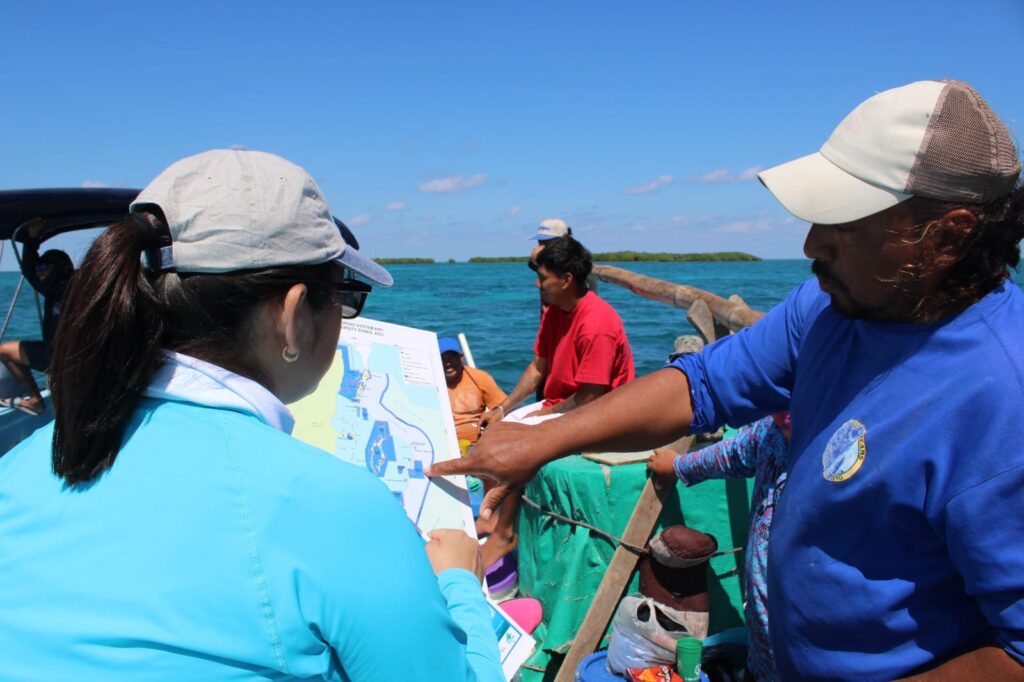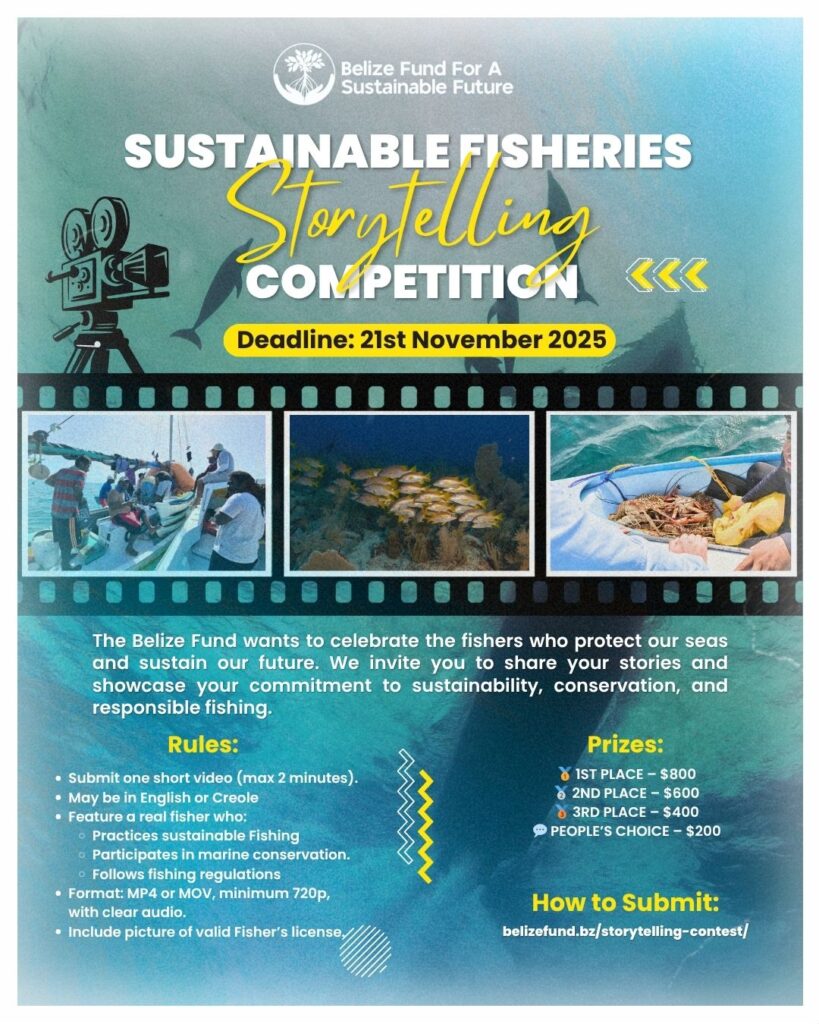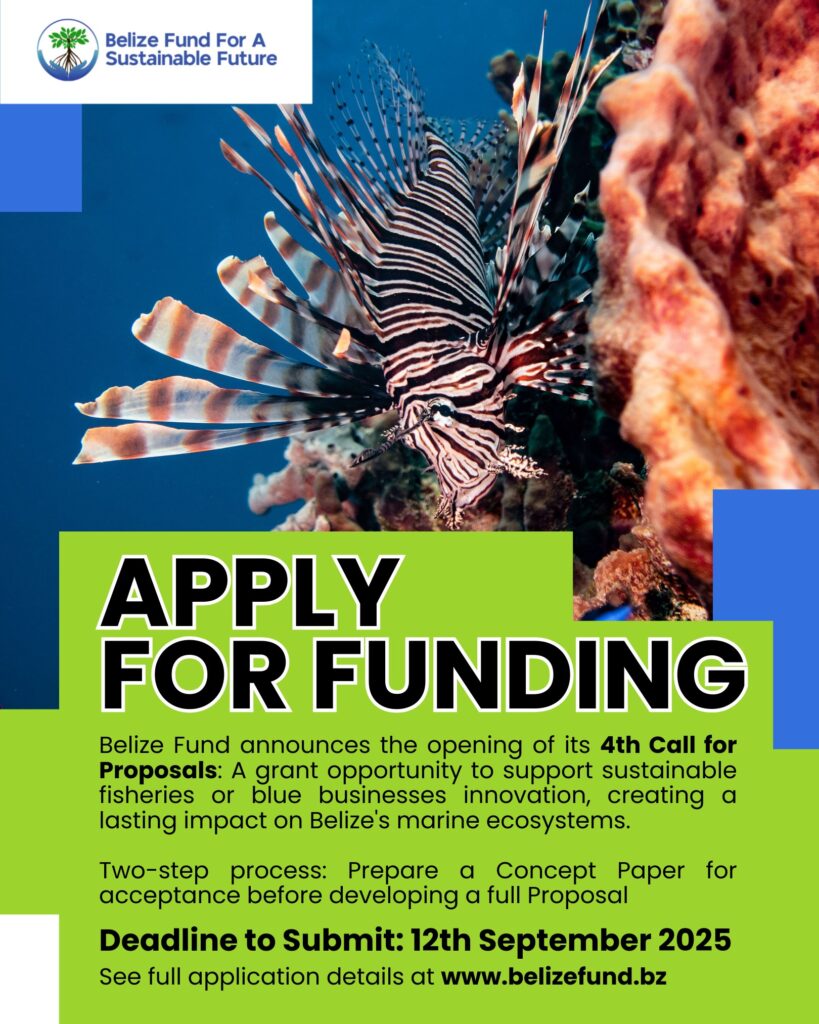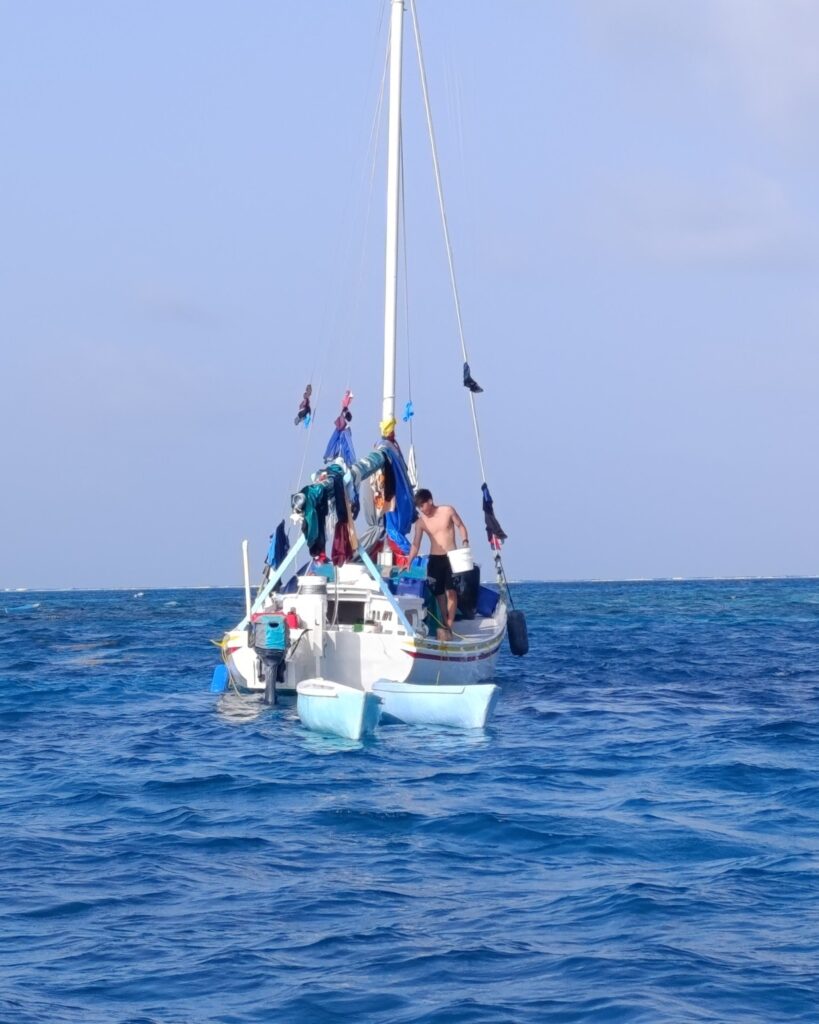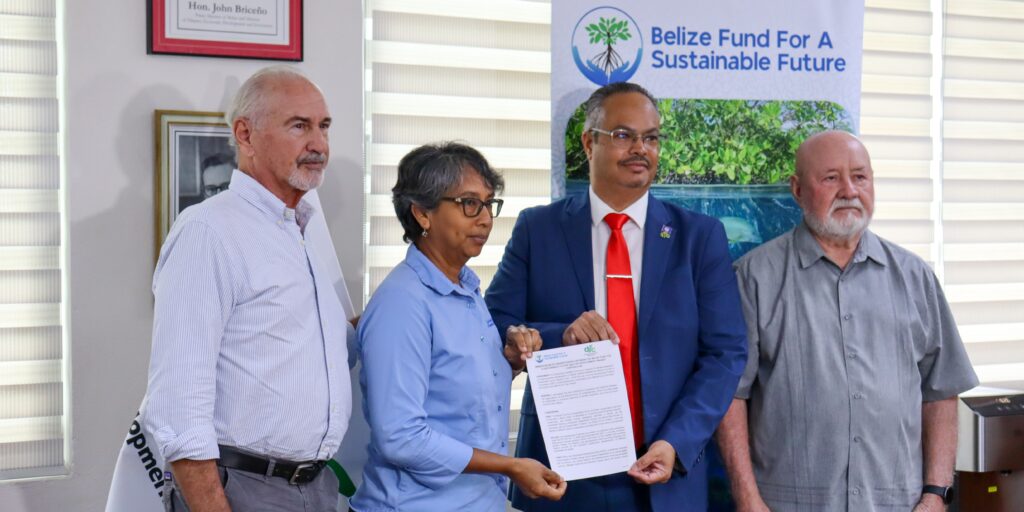What does it really take to protect the ocean, not in theory, but in practice?
For small countries like Belize, where the ocean supports more than half of our economy and livelihoods, the global target of protecting it is a national reality. But it comes with a challenge of will, financing, and partnership. At the 2025 UN Ocean Conference held in Nice, France, global leaders renewed their push for the 30×30 goal: conserving 30% of the ocean by 2030. Alongside it came pledges to reduce plastic pollution, restore degraded ecosystems, and close the ocean finance gap. The commitments were many. But how practical are these goals for small coastal nations like Belize? Belize is emerging as a global leader in marine conservation, protecting 25% of our ocean, banning offshore oil drilling, and leading mangrove and coral restoration efforts. We were also the first Caribbean country to ratify the BBNJ Agreement, the new international treaty for protecting marine biodiversity beyond national jurisdiction. We continue to champion our shared responsibility for the ocean. But sustaining those efforts requires more than ambitions. From Promises into Practice Since 2022, the Belize Fund for a Sustainable Future has served as the financial mechanism under the Belize Blue Bonds agreement, a historic debt-for-nature swap. In just three years, the Belize Fund has invested over BZ$25 million, supporting 14 marine protected areas, more than 200 jobs, and engaging 48 communities. We’ve funded coral restoration, fisheries enforcement, seaweed farming, research, and community education. But our ambition extends further. Guided by our 2025–2030 Priorities, we are focused on: True sustainable development is when conservation supports both the ecosystems and people that depend on healthy reefs. The Challenge Beneath the Surface The global stage is full of powerful language: “The ocean is life.” “No one left behind.” “Mobilize billions.” But for small island developing states (SIDS), the resources are limited. Administrative burdens and heavy. And even well-meaning targets feel out of reach. At UNOC3, multiple countries called for simplified access to ocean finance. For developing countries, the biggest barriers to action aren’t ambitions. They are limited resources, complex systems, and the challenge of turning good plans into funded actions. “The Belize Fund was established to make sure conservation financing reaches the people that need it most through projects, and in ways that are responsive, inclusive and transparent,” says Dr. Leandra Cho-Ricketts, Executive Director of the Belize Fund. “Our grantmaking adapts to local realities while aligning with national and global priorities.” Protecting 30% of the ocean only matters when it supports local communities, respects tradition and culture while promoting sustainable use of marine resources, and creates real opportunities. But it stops working when it’s forced without context or when it makes life harder for the very people who depend on the ocean to survive. Global goals must be grounded in the everyday realities of our people. That’s the work. Partnerships: The Pathway to Progress There is still so much more to do but Belize cannot do it alone. At UNOC3, there were strong calls for increased financing, deeper inclusion of local knowledge, and partnership-building, themes that align deeply with our approach. The Belize Fund exists not just to unlock investment, but also to pilot what’s possible. To bridge the gap between ambition and action. Between the global stage and communities like Chunox, Gales Point, and Barranco. Between targets and transformation. “We are aiming to raise BZ$23.5 million by 2030 to support impactful, science-based and community-led conservation,” says Dr. Cho. Ricketts. “It’s a smart investment with the potential for outsized impact, not just for Belize but for coastal and marine resilience globally.” So, can Belize deliver on 30×30 and more? Absolutely! But we must remember that real progress isn’t only about how much you protect. It’s also about how and who benefits. The ocean is vast. But change can start small. If we want global goals to be more than numbers, we need to fund the frontlines. We need to value the stewardship of small nations with big ocean ambition. And we need to walk the talk because we simply can’t afford not to.

